Keras之注意力模型实现
学习的一个github上的代码,分析了一下实现过程。代码下载链接:https://github.com/Choco31415/Attention_Network_With_Keras
代码的主要目标是通过一个描述时间的字符串,预测为数字形式的字符串。如“ten before ten o’clock a.m”预测为09:50
在jupyter上运行,代码如下:
1,导入模块,好像并没有全部使用到,如Permute,Multiply,Reshape,LearningRateScheduler等,这些应该是优化的时候使用的
1 from keras.layers import Bidirectional, Concatenate, Permute, Dot, Input, LSTM, Multiply, Reshape2 from keras.layers import RepeatVector, Dense, Activation, Lambda3 from keras.optimizers import Adam4 #from keras.utils import to_categorical5 from keras.models import load_model, Model6 #from keras.callbacks import LearningRateScheduler7 import keras.backend as K89 import matplotlib.pyplot as plt10 %matplotlib inline1112 import random13 #import math1415 import json16 import numpy as np
2,加载数据集,以及翻译前和翻译后的词典
1 with open('data/Time Dataset.json','r') as f:2 dataset = json.loads(f.read())3 with open('data/Time Vocabs.json','r') as f:4 human_vocab, machine_vocab = json.loads(f.read())56 human_vocab_size = len(human_vocab)7 machine_vocab_size = len(machine_vocab)
这里human_vocab词典是将每个字符映射到索引,machine_vocab也是将翻译后的字符映射到索引,因为翻译后的时间只包含0-9以及:
3,定义数据处理方法
tokenize为将字符映射到索引,one-hot为对每个映射后的索引做了个one-hot编码处理
1 def preprocess_data(dataset, human_vocab, machine_vocab, Tx, Ty):2 """3 A method for tokenizing data.45 Inputs:6 dataset - A list of sentence data pairs.7 human_vocab - A dictionary of tokens (char) to id's.8 machine_vocab - A dictionary of tokens (char) to id's.9 Tx - X data size10 Ty - Y data size1112 Outputs:13 X - Sparse tokens for X data14 Y - Sparse tokens for Y data15 Xoh - One hot tokens for X data16 Yoh - One hot tokens for Y data17 """1819 # Metadata20 m = len(dataset)2122 # Initialize23 X = np.zeros([m, Tx], dtype='int32')24 Y = np.zeros([m, Ty], dtype='int32')2526 # Process data27 for i in range(m):28 data = dataset[i]29 X[i] = np.array(tokenize(data[0], human_vocab, Tx))30 Y[i] = np.array(tokenize(data[1], machine_vocab, Ty))3132 # Expand one hots33 Xoh = oh_2d(X, len(human_vocab))34 Yoh = oh_2d(Y, len(machine_vocab))3536 return (X, Y, Xoh, Yoh)3738 def tokenize(sentence, vocab, length):39 """40 Returns a series of id's for a given input token sequence.4142 It is advised that the vocab supports <pad> and <unk>.4344 Inputs:45 sentence - Series of tokens46 vocab - A dictionary from token to id47 length - Max number of tokens to consider4849 Outputs:50 tokens -51 """52 tokens = [0]*length53 for i in range(length):54 char = sentence[i] if i < len(sentence) else "<pad>"55 char = char if (char in vocab) else "<unk>"56 tokens[i] = vocab[char]5758 return tokens5960 def ids_to_keys(sentence, vocab):61 """62 Converts a series of id's into the keys of a dictionary.63 """64 reverse_vocab = {v: k for k, v in vocab.items()}6566 return [reverse_vocab[id] for id in sentence]6768 def oh_2d(dense, max_value):69 """70 Create a one hot array for the 2D input dense array.71 """72 # Initialize73 oh = np.zeros(np.append(dense.shape, [max_value]))74 # oh=np.zeros((dense.shape[0],dense.shape[1],max_value)) 这样写更为直观7576 # Set correct indices77 ids1, ids2 = np.meshgrid(np.arange(dense.shape[0]), np.arange(dense.shape[1]))7879 # 'F'表示一列列的展开,默认按行展开,这一行看不太懂80 oh[ids1.flatten(), ids2.flatten(), dense.flatten('F').astype(int)] = 18182 return oh
4,输入中最长的字符串为41,输出长度都是5,训练测试数据使用one-hot编码后的,训练集占比80%
1 Tx = 41 # Max x sequence length2 Ty = 5 # y sequence length3 X, Y, Xoh, Yoh = preprocess_data(dataset, human_vocab, machine_vocab, Tx, Ty)45 # Split data 80-20 between training and test6 train_size = int(0.8*len(dataset))7 Xoh_train = Xoh[:train_size]8 Yoh_train = Yoh[:train_size]9 Xoh_test = Xoh[train_size:]10 Yoh_test = Yoh[train_size:]
5,定义每次新预测时注意力的更新
个人解释:注意力机制即我们对输入产生一个偏好分布,让模型知道集中注意哪部分的输入,为此,在预测输出yi-1后,预测yi时,我们需要不同的注意力分布,即重新生成这个分布
1 # Define part of the attention layer gloablly so as to2 # share the same layers for each attention step.3 def softmax(x):4 return K.softmax(x, axis=1)5 # 重复矢量,用于将一个矢量扩展成一个维度合适的tensor6 at_repeat = RepeatVector(Tx)7 # 在最后一位进行维度合并8 at_concatenate = Concatenate(axis=-1)9 at_dense1 = Dense(8, activation="tanh")10 at_dense2 = Dense(1, activation="relu")11 at_softmax = Activation(softmax, name='attention_weights')12 # 这里参数名为axes。。虽然和axis是一个意思13 at_dot = Dot(axes=1)1415 # 每次新的预测的时候都需要更新attention16 def one_step_of_attention(h_prev, a):17 """18 Get the context.1920 Input:21 h_prev - Previous hidden state of a RNN layer (m, n_h)22 a - Input data, possibly processed (m, Tx, n_a)2324 Output:25 context - Current context (m, Tx, n_a)26 """27 # Repeat vector to match a's dimensions28 h_repeat = at_repeat(h_prev)29 # Calculate attention weights30 i = at_concatenate([a, h_repeat]) #对应公式中x和yt-1合并31 i = at_dense1(i)#对应公式中第一个Dense32 i = at_dense2(i)#第二个Dense33 attention = at_softmax(i)#Softmax,此时得到一个注意力分布34 # Calculate the context35 # 这里使用新的attention与输入相乘,即注意力的核心原理:对于输入产生某种偏好分布36 context = at_dot([attention, a])#Dot,使用注意力偏好分布作用于输入,返回更新后的输入3738 return context
以上,注意力的计算公式如下所示:

6,定义注意力层
1 def attention_layer(X, n_h, Ty):2 """3 Creates an attention layer.45 Input:6 X - Layer input (m, Tx, x_vocab_size)7 n_h - Size of LSTM hidden layer8 Ty - Timesteps in output sequence910 Output:11 output - The output of the attention layer (m, Tx, n_h)12 """13 # Define the default state for the LSTM layer14 # Lambda层不需要训练参数,这里初始化状态15 h = Lambda(lambda X: K.zeros(shape=(K.shape(X)[0], n_h)))(X)16 c = Lambda(lambda X: K.zeros(shape=(K.shape(X)[0], n_h)))(X)17 # Messy, but the alternative is using more Input()1819 at_LSTM = LSTM(n_h, return_state=True)2021 output = []2223 # Run attention step and RNN for each output time step# 这里就是每次预测时,先更新context,用这个新的context通过LSTM获得各个输出h24 for _ in range(Ty):25 # 第一次使用初始化的注意力参数作用输入X,之后使用上一次的h作用输入X,保证每次预测的时候注意力都对输入产生偏好26 context = one_step_of_attention(h, X)27 # 得到新的输出28 h, _, c = at_LSTM(context, initial_state=[h, c])2930 output.append(h)31 # 返回全部输出32 return output
7,定义模型
1 layer3 = Dense(machine_vocab_size, activation=softmax)2 layer1_size=323 layer2_size=644 def get_model(Tx, Ty, layer1_size, layer2_size, x_vocab_size, y_vocab_size):5 """6 Creates a model.78 input:9 Tx - Number of x timesteps10 Ty - Number of y timesteps11 size_layer1 - Number of neurons in BiLSTM12 size_layer2 - Number of neurons in attention LSTM hidden layer13 x_vocab_size - Number of possible token types for x14 y_vocab_size - Number of possible token types for y1516 Output:17 model - A Keras Model.18 """1920 # Create layers one by one21 X = Input(shape=(Tx, x_vocab_size))22 # 使用双向LSTM23 a1 = Bidirectional(LSTM(layer1_size, return_sequences=True), merge_mode='concat')(X)2425 # 注意力层26 a2 = attention_layer(a1, layer2_size, Ty)27 # 对输出h应用一个Dense得到最后输出y28 a3 = [layer3(timestep) for timestep in a2]2930 # Create Keras model31 model = Model(inputs=[X], outputs=a3)3233 return model
8,训练模型
1 model = get_model(Tx, Ty, layer1_size, layer2_size, human_vocab_size, machine_vocab_size)2 #这里我们可以看下模型的构成,需要提前安装graphviz模块3 from keras.utils import plot_model4 #在当前路径下生成模型各层的结构图,自己去看看理解5 plot_model(model,show_shapes=True,show_layer_names=True)6 opt = Adam(lr=0.05, decay=0.04, clipnorm=1.0)7 model.compile(optimizer=opt, loss='categorical_crossentropy', metrics=['accuracy'])8 # (8000,5,11)->(5,8000,11),以时间序列而非样本序列去训练,因为多个样本间是没有“序”的关系的,这样RNN也学不到啥东西9 outputs_train = list(Yoh_train.swapaxes(0,1))10 model.fit([Xoh_train], outputs_train, epochs=30, batch_size=100,verbose=2
如下为模型的结构图

9,评估
1 outputs_test = list(Yoh_test.swapaxes(0,1))2 score = model.evaluate(Xoh_test, outputs_test)3 print('Test loss: ', score[0])
10,预测
这里就随机对数据集中的一个样本进行预测
3 i = random.randint(0, len(dataset))45 def get_prediction(model, x):6 prediction = model.predict(x)7 max_prediction = [y.argmax() for y in prediction]8 str_prediction = "".join(ids_to_keys(max_prediction, machine_vocab))9 return (max_prediction, str_prediction)1011 max_prediction, str_prediction = get_prediction(model, Xoh[i:i+1])1213 print("Input: " + str(dataset[i][0]))14 print("Tokenized: " + str(X[i]))15 print("Prediction: " + str(max_prediction))16 print("Prediction text: " + str(str_prediction))
11,还可以查看一下注意力的图像
1 i = random.randint(0, len(dataset))23 def plot_attention_graph(model, x, Tx, Ty, human_vocab, layer=7):4 # Process input5 tokens = np.array([tokenize(x, human_vocab, Tx)])6 tokens_oh = oh_2d(tokens, len(human_vocab))78 # Monitor model layer9 layer = model.layers[layer]1011 layer_over_time = K.function(model.inputs, [layer.get_output_at(t) for t in range(Ty)])12 layer_output = layer_over_time([tokens_oh])13 layer_output = [row.flatten().tolist() for row in layer_output]1415 # Get model output16 prediction = get_prediction(model, tokens_oh)[1]1718 # Graph the data19 fig = plt.figure()20 fig.set_figwidth(20)21 fig.set_figheight(1.8)22 ax = fig.add_subplot(111)2324 plt.title("Attention Values per Timestep")2526 plt.rc('figure')27 cax = plt.imshow(layer_output, vmin=0, vmax=1)28 fig.colorbar(cax)2930 plt.xlabel("Input")31 ax.set_xticks(range(Tx))32 ax.set_xticklabels(x)3334 plt.ylabel("Output")35 ax.set_yticks(range(Ty))36 ax.set_yticklabels(prediction)3738 plt.show()39 # 这个图像如何看:先看纵坐标,从上到下,为15:48,生成1和5时注意力在four这个单词上,生成48分钟的时候注意力集中在before单词上,这个例子非常好40 plot_attention_graph(model, dataset[i][0], Tx, Ty, human_vocab)
如图所示,在预测1和5时注意力在four单词上,预测4,8时注意力在before单词上,这比较符合逻辑。

转载于 //www.cnblogs.com/lunge-blog/p/11496287.html
//www.cnblogs.com/lunge-blog/p/11496287.html


























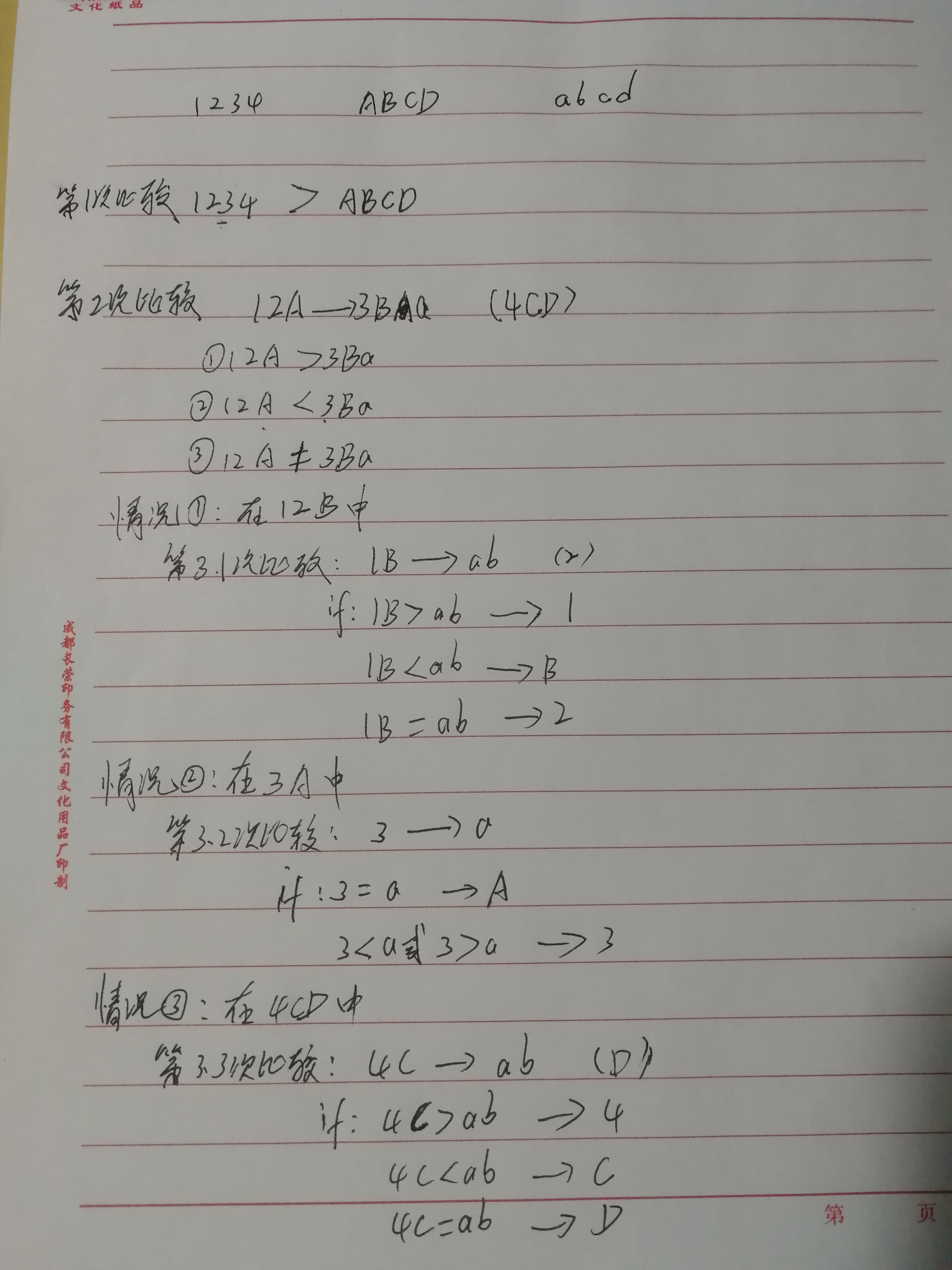
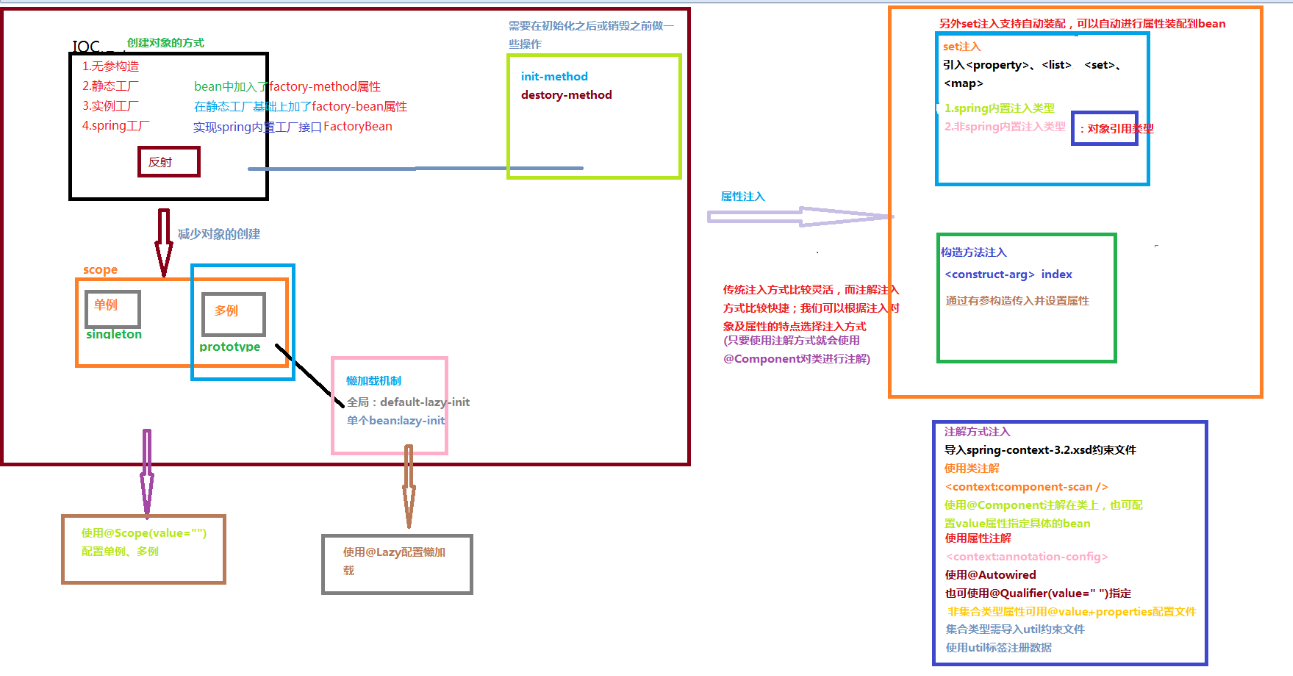
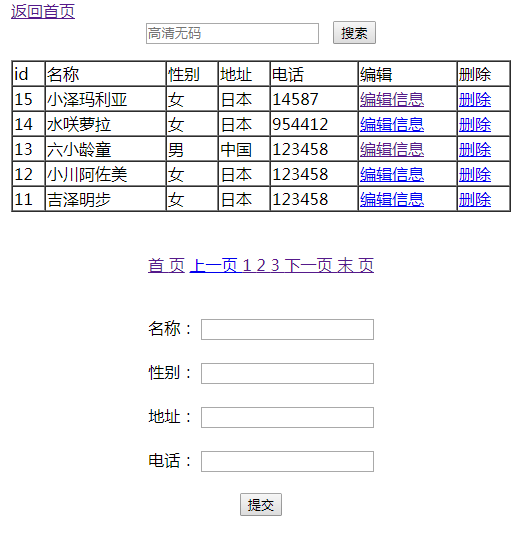
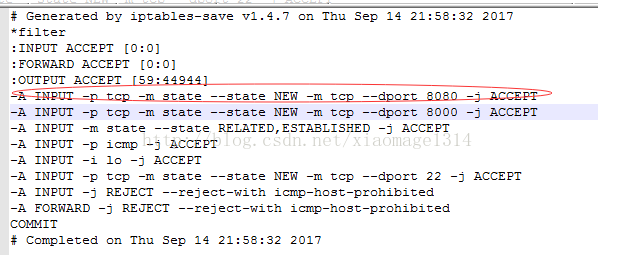
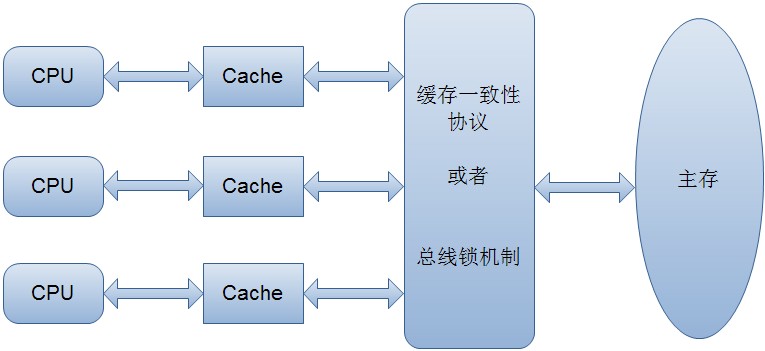
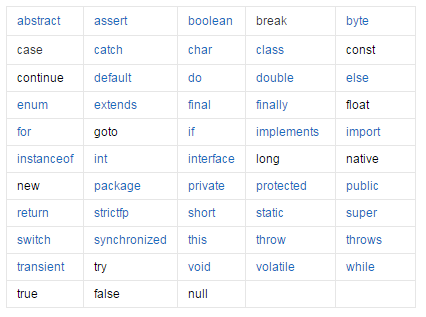



还没有评论,来说两句吧...